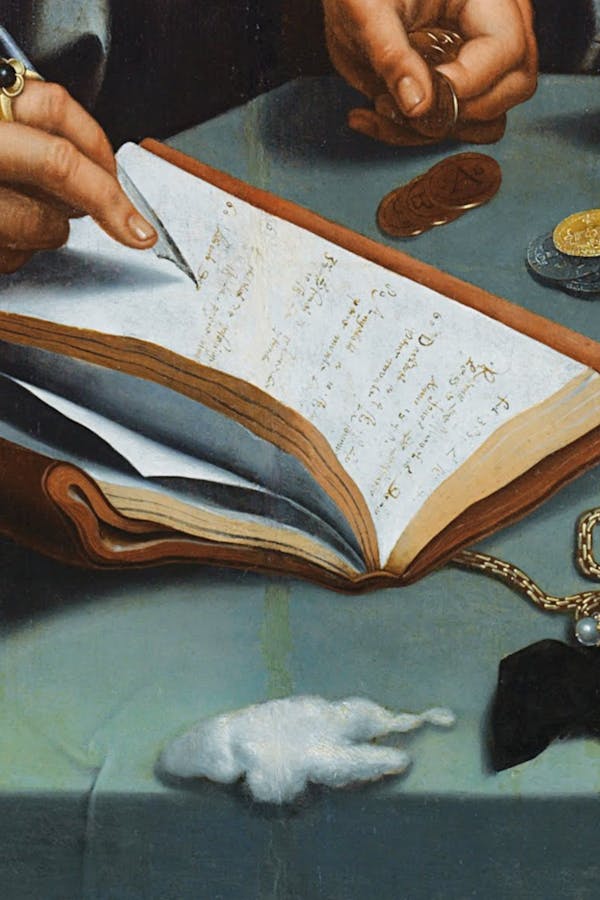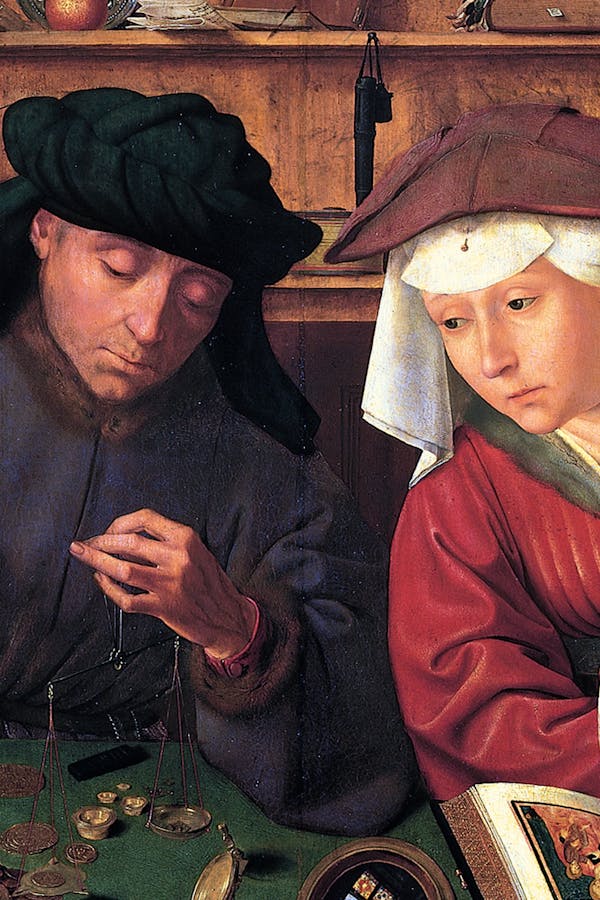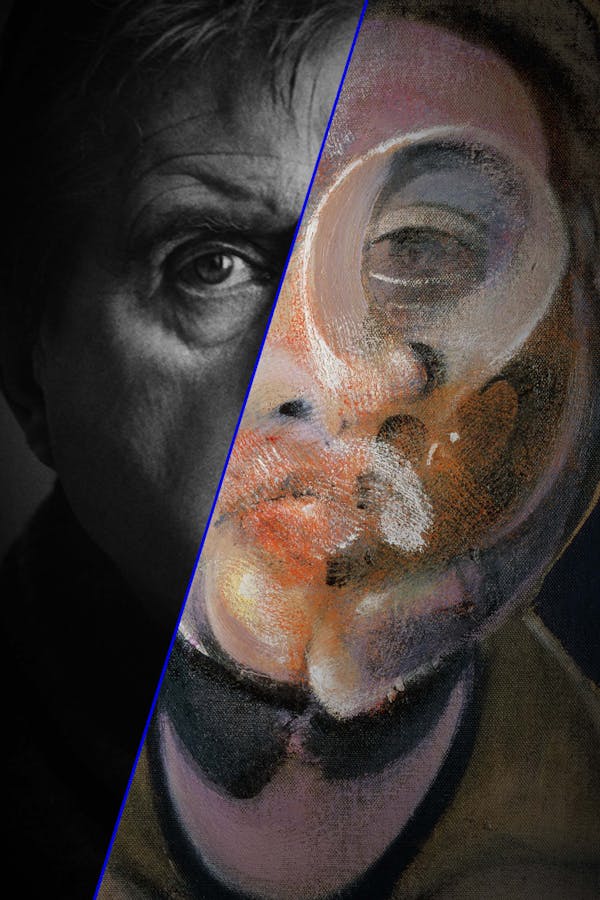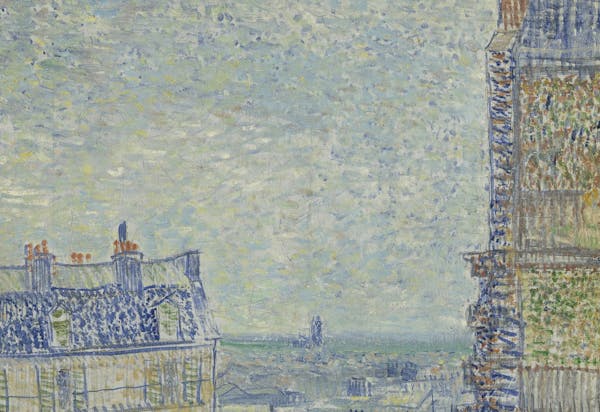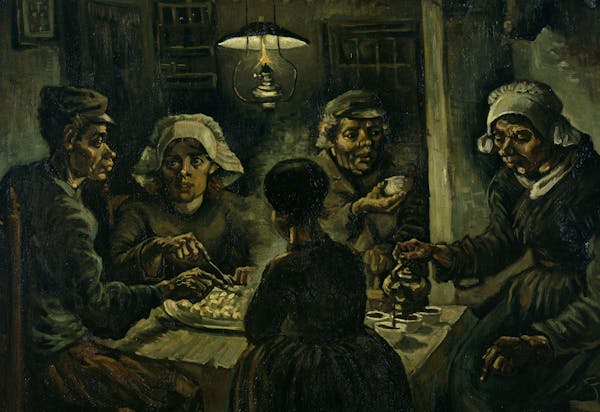Dutch art for art's sake and Tudor Renaissance majesty
The Met in New York praises two periods of vital painting
By William Corwin
A nondescript octagonal ring of a gallery, lacking a beginning, middle, and end – and most of all without hierarchy – is a significant spot to exhibit the Dutch masterpieces of the Met. Free from religious requisites and an oppressive need to depict institutions of power and control and their representatives, Dutch painters focused on art simply to be enjoyed in the home rather than with an overwhelming purpose to educate or inculcate: it was the start of art for art’s sake on a societal scale. The Met’s collection includes Vermeer, Rembrandt, Hals, de Hooch, as well as many other genre painters. There is a single painting by a woman, the wonderful Margaretha Haverman. Her career is sadly represented by only a sole masterfully rendered still life of grapes, roses, and tulips in A Vase of Flowers (1716). In Praise of Painting: Dutch Masterpieces at the Met is punctuated by didactic texts that inform us of the Dutch Republic’s newfound freedom from Catholic control, social mobility, and cultural diversity fueled by the influx of refugees from religious persecution elsewhere in Europe. There are still numerous depictions of religious themes, such as Rembrandt’s The Toilet of Bathsheba (1643) and Vermeer’s Allegory of the Catholic Faith (1670-72). Yet both painters felt confident enough in their creative independence to make the images their own: Rembrandt’s Bathsheba is not an idealised body type, but the body of a middle-aged person with all the curves and wrinkles. Vermeer’s allegory is much more about the props and details he uses – the glisten of the crushed serpent’s scales, and pool of blood under its body, the out-of-focus globe he renders with such perfection under the model’s foot. This foot is not about theology but the juxtaposition of form and texture.
Most of In Praise of Painting displays the honest, and often unflattering portraits of Holland’s ambitious middle class, conservatively attired in black with white ruffs and wimples. In Gerard Ter Borch The Younger’s paired portraits of Burgomaster Jan van Duren and Margaretha van Haexbergen, two prominent citizens, we find a class of art patrons new to the institution of commissioning art, but willing to be unexpectedly adventurous in allowing an artist to depict them. Jan and Margaretha are not the life-size half-portraits of Rembrandt, but lilliputian presences: Jan stands next to a red velvet-covered table on which he has placed his black hat, while Margarethe stands with her arm on a red velvet upholstered chair. They are dwarfed by their murky greenish-brown backgrounds, rejecting the idea of the portrait as grandiose; it’s a cross-over between portrait and interior, and becomes a space of narrative. Then there is the sweet, cautious, and unsettled look of Vermeer’s Study of a Young Woman (1665-67), also not flattering, but a very human portrait. Her pale moon face and inky background have the drama of a saintly portrait or a depiction of the Virgin Mary, but none of the insistence of religious decorum.


Contrasting sharply with the Dutch touch and choice of subject is The Tudors: Art and Majesty in Renaissance England, an aspiring blockbuster exhibition of the gold-encrusted and tapestry-wrapped courts of Henry VIII, Mary I and Elizabeth I. It’s a missed opportunity to capture an epoch so fraught with genius and terror: here it has been simply distilled down to luxury. While the various nefarious activities and/or beheadings of the sitters are dryly recorded in the texts accompanying the works, as in Holbein the Younger’s stiff and ominous crayon drawing of Anne Boleyn, or Nicholas Hilliard’s loving miniature of a man, probably Robert Devereux second Earl of Essex: both were beheaded, the former lover by Henry, the latter lover by Elizabeth. The show overall is pristine, precious, and staid – but the viewer really should feel nauseous with the constantly shifting sands of allegiances and political gamesmanship, and fear. The reality seeps through a bit here and there – a full-length life-size portrait of Henry VIII standing astride and gazing piercingly out at the viewer was painted so often by Holbein the Younger’s studio that no single work could be attributed to the master. The exhibition does not highlight the sense of terror that infused every aspect of English court life under Henry – a level of politically-directed state murder that easily rivalled Stalin’s political circles. Nor are there many references to Shakespeare or Marlowe under the reign of Elizabeth I. The accumulation of paintings and drawings by Hans Holbein the Younger is astounding, with several paintings of Henry VIII (from 1537, and 1540), Sir Thomas More (1527), Robert Cheseman (1533), Edward VI as a Child (1538), Hermann von Wedigh III (1532), and drawings of Anne Boleyn and miniatures of various courtiers. Much more context and gory detail were needed to bring to life this very gory and brilliant dynasty.
Both In Praise of Painting and The Tudors gently alludes to the wrongs committed by Europeans during various periods – the reliance of enforced labour as well as wholesale pilfering of indigenous resources in order to pay for the opulence of the English court and the prosperity of the Dutch middle class, as well as political terror and oppression on their own home turf. The Metropolitan Museum’s galleries of European painting have recently been re-hung because new skylights have been installed, lightening the mood of the galleries substantially. The curatorial staff have taken advantage of the closing of the galleries in order to reconfigure and re-explain much of the work. They have combined sculpture and painting, as some authentic approximation of how the two might have been viewed, mostly in mansions and palaces most of us would never have been allowed to enter. Francois Duquesnoy’s placid Bacchus seated on a Panther (ca. 1635) is a bizarre palimpsest of four classical fragments assembled and finished off by the artist, it is placed in front of the equally fanciful, but frenetic Wolf and Fox Hunt (1616) by Rubens. The humans and beasts in these works interact in contrasting modes of peace and violence, which creates an exciting tension in the air. We are reminded by the wall texts that many of the individuals who commissioned, purchased, or were memorialised in the portraits benefitted from forced labour and unpaid-for resources. The pairing of Juan de Pareja (1650) and María Teresa, Infanta of Spain is moving, as both were intrinsic to the development of their painter Velazquez, and he couldn’t have existed without either. On a “meta” scale, the two portraits describe Spain in a nutshell: empire and slavery.
Most effective though in making the Met seem more diverse, is the addition of the magical Afro-Futurist room downstairs on the main floor. It is a hallucinatory and hypothetical exercise in imagining a site for the history of African American creativity in a space that is mostly free of colonial and racist shadows. The curators have chosen the idea of a small house in Seneca Village – a town of formerly enslaved and indigenous people which thrived in what is now Manhattan’s Central Park and is decorated with the photography of Trans artist Tourmaline, a woodblock print by Elizabeth Catlett, and ceramics by Roberto Lugo, among many others. The curators have created an imaginary space of domestic tranquillity, strengthened by a sense of justice and equality. A sensibility which the Afro-futurist room shares with the Dutch interiors and meditative still-lifes seen in In Praise of Painting, a semi-parallel culture in which class differences were mitigated and just about anybody was able to enjoy art.
Read more
Masterpieces Decrypted


